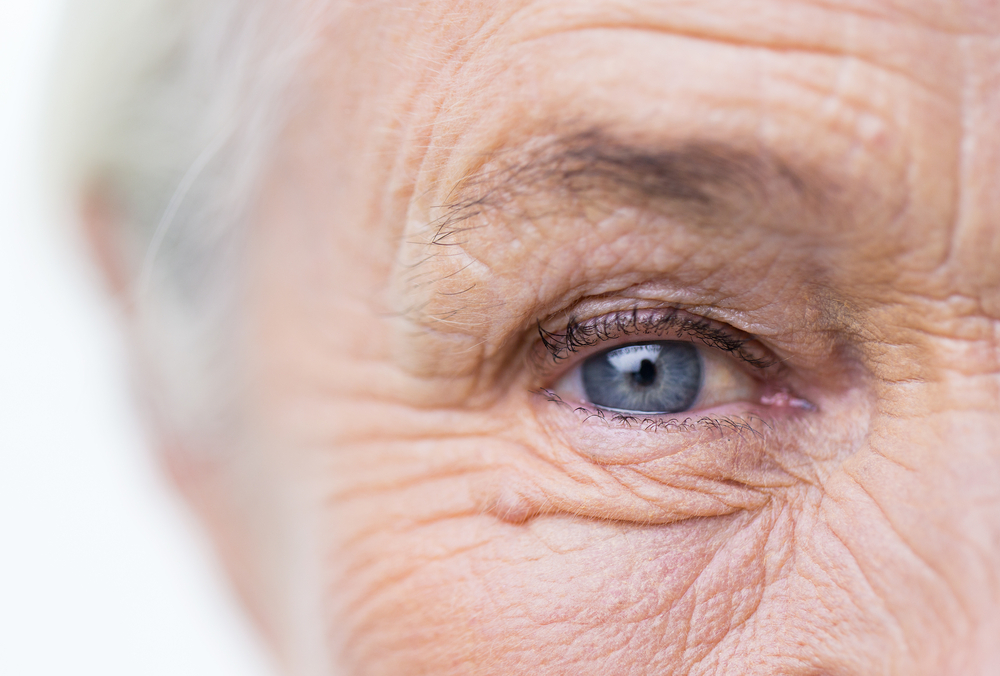Aging Eye
Today’s people are individuals in their 40s and 50s who are in an active working life, use computers extensively, and have to work at close range with their eyes for long hours.
Considering today’s conditions, we can say that our eye organ begins to show signs of aging a little early, around the age of 40.
The most common age-related eye complaint between the ages of 40 and 60 is the inability to read small print at close range, which we call presbyopia. Presbyopia begins after the age of 40 in all individuals who did not have any refractive errors in their eyes before and did not use glasses, and this process is progressive with age. This situation is usually noticed when it becomes difficult to read small and thin text from a close distance in dim light. In order to prevent your active daily life from being affected, appropriate auxiliary near vision devices (near glasses, presbyopia lenses) will be recommended to you by your ophthalmologist.
Again, in this age range, tear problems, which we call dry eyes, begin to occur more frequently as a result of the slower functioning of the tear glands, more frequently in women due to changes in the hormonal profile. Complaints such as stinging, burning, redness and watering in the eyes due to dry eyes are felt more especially in individuals who have to spend more time in front of the computer, work in air-conditioned environments, and read closely for long hours. Artificial tear supplements will be recommended by your ophthalmologist when necessary to reduce complaints.
As a result of the water content of the gel-like transparent liquid filling the eye starting to change and being contaminated with cells shed from the environment, shadows floating in the eye begin to be noticed, especially in bright environments, in the periods we call middle and older age. The gel-like liquid (vitreous) filling the inside of the eye is adhered to the retina layer at the back of the eye at certain points under normal conditions. is in the situation. The vitreous, which loses its fluid content with age, shrinks and separates from the retina layer to which it adheres, creating a condition we call PVD (posterior vitreous detachment). This condition is harmless and only causes objects moving inside the eye to be seen. A few floating bodies that are not dense and not accompanied by flashes of light can generally be considered normal symptoms of age. However, it is recommended to be evaluated by an ophthalmologist, as seeing tiny tiny particles floating inside the eye may be a sign of serious diseases such as retinal detachment, uveitis, and intraocular bleeding.
Another symptom that begins to appear between the ages of 40 and 60 is the change in color perception. The perception of the brightness and vividness of colors is weakened. It becomes difficult to distinguish color tones that are close to each other. This is a normal situation that comes with age.
After the age of 60, the incidence of eye diseases such as cataracts and glaucoma, retinal disorders such as SMD (yellow spot), and some eyelid diseases such as ptosis increases. You may experience watery eyes due to tear duct obstruction or eyelid deformities. In addition, in the presence of systemic diseases such as diabetes and hypertension, the incidence of eye diseases such as diabetic retinopathy and hypertensive retinopathy increases.
There are also cosmetic changes that occur in the eyelids and skin around the eyes due to aging. As a result of aging and the loss of collagen and elastic tissue in the skin combined with the effect of gravity, bagging and sagging of the eyelids, color changes, excess skin, drooping of the upper eyelid (ptosis) and drooping of the eyebrows are observed. In most patients, excess skin is accompanied by herniation of the fatty tissue around the eyes. Sagging of the lower eyelid may cause inward and outward turning of the lower eyelid edge. Excess skin and skin sagging on the lids can narrow the visual field and cause aesthetic concerns. In addition, wrinkles called ‘crow’s feet’ occur around the eyes due to the contraction effect of the muscle surrounding the eyelids. Depending on aesthetic concerns, various remedial approaches can be applied to these changes, depending on the patient’s clinical condition.

